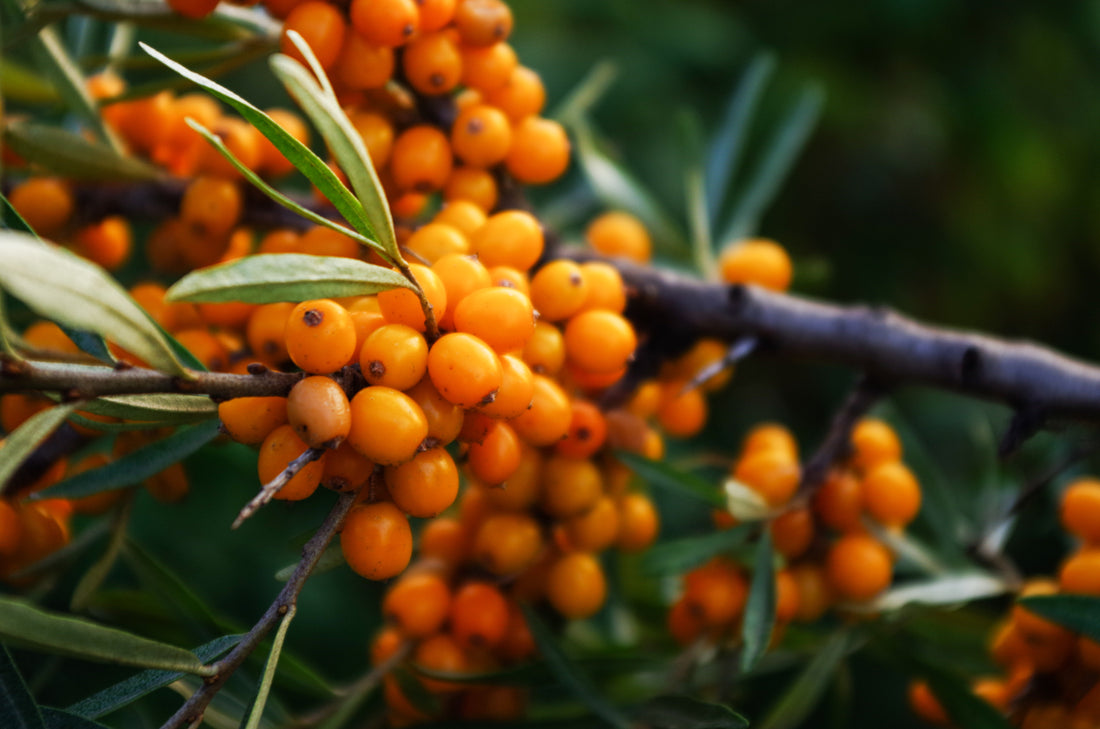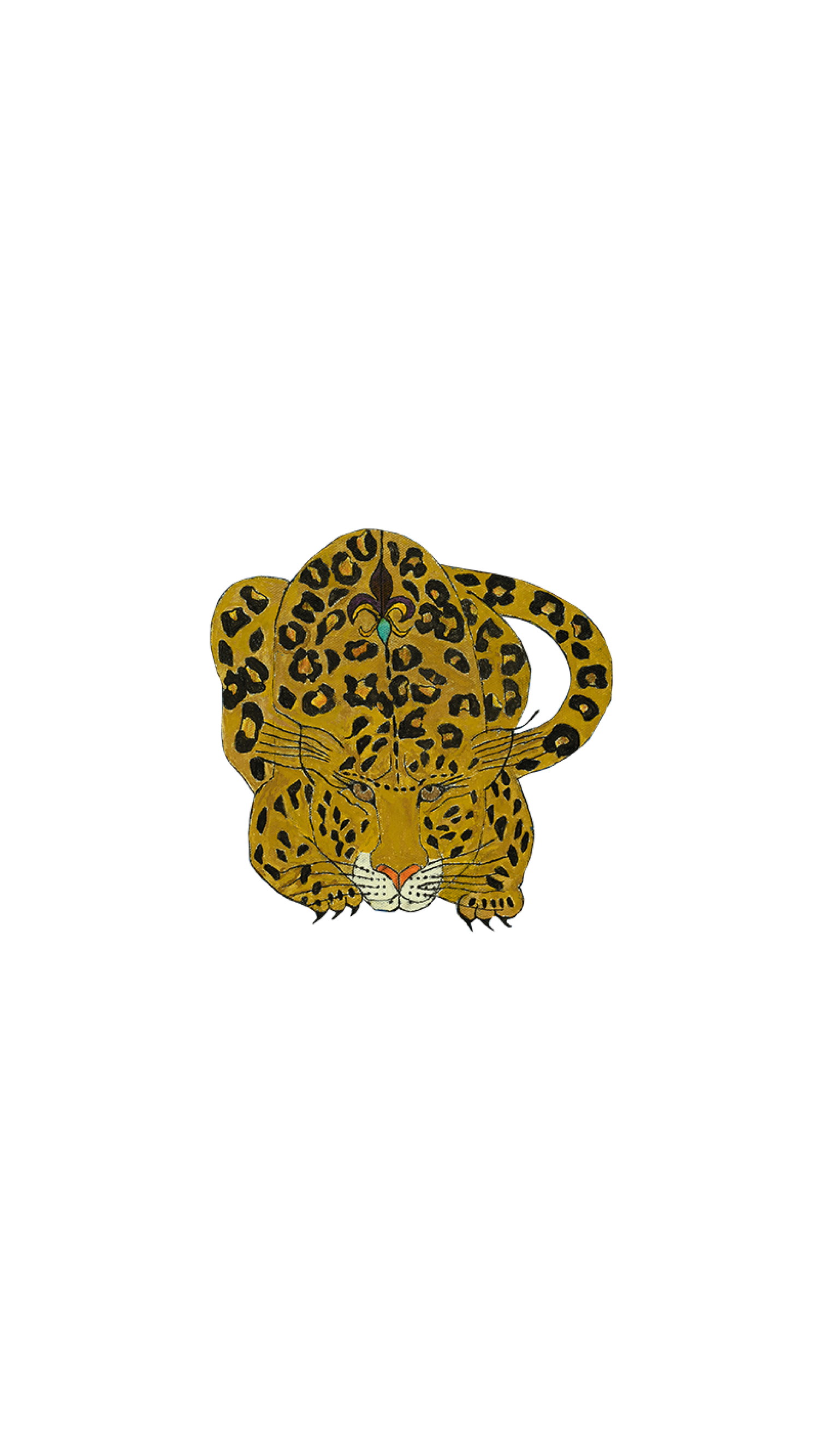
Sea Buckthorn (Hippophae Rhamnoides)
Share
Hippophae Rhamnoides is the proper binomial designation for sea buckthorn. Other less formal designations include sandthorn, sallow thorn or seaberry. Its classification includes the or Oleaster (Elaeagnaceae) family and Hippophae L. and of the Hippophae rhamnoides L. species.
Sea-buckthorn oil represents an extraction product procured from the fruit and seeds of sea buckthorn. There are numerous ingredients in the oil that make it a very attractive agent that has been successfully used in the cosmetic industry and in medicine for many years. Valuable substances contained in sea-buckthorn oil could be valuable in producing a smooth glowing appearing skin. Its unique unsaturated fatty acids, such as palmitooleic acid (omega-7) and gamma-linolenic acid (omega-6), give sea-buckthorn oil skin regeneration and repair properties. As the gamma-linolenic acid is converted to prostaglandins, sea-buckthorn oil protects could have antimicrobial and anti-inflammatory properties (Zielinksa et al 201719425187).
The oral ingestion of sea buckthorn has been associated with a decrease in wrinkle formation following the administration of UV irradiation. The sea buckthorn also significantly reduces transdermal water loss and is associated with an increase in skin moisture content. The topical application of sea buckthorn induces a decrease in metalloproteinase -1 and -9 expression to the levels observed in the vehicle-treated group, but metalloproteinase-9 expression shows a much larger decrease than metalloproteinase-1. Furthermore, the expression of collagen-1 in the skin corresponds to metalloproteinase expression except for the sea buckthorn treated group, whereas the superoxide dismutase activity was increased dramatically in the sea buckthorn treated group (Hwang et al 22641502; Jadoon et al 20156448818).
Studies have suggested that Sea Buckhorn can restore lipid integrity in the stratum corneum. It has significant photoprotective effects including inhibition of the formation of reactive oxygen species likely through hydrolyzable tannins, a major antioxidant found in sea buckthorn (Upadhyay et al 2009).
Human keratinocytes and fibroblasts subjected to UVA or UVB radiation demonstrated a reduction in the generation of reactive oxygen species when incubated with sea buckthorn oil. Sea buckthorn oil can reduce UV induced reactive oxygen species generation.
Sea buckthorn oil increases the level of non-enzymatic antioxidants such as glutathione (GSH), thioredoxin (Trx) and vitamins E and A. Moreover, it stimulates the activity of Nrf2 leading to enhanced antioxidant enzyme activity. Sea buckthorn oil treatment increases the level of phospholipid and free fatty acids, while simultaneously decreasing the cannabinoid receptor expression in UV irradiated keratinocytes and fibroblasts (Gogetek et al 201830142919).
One study showed that 5% of sea buckthorn was very effective in improving the skin barrier function leading to better retention of moisture known with the contents of either formulation. The study was conducted over a period of almost 3 months. Skin hydration and transepidermal water loss were performed whereby objectives differences were observed (Khan et al 20145).
In summation sea buckthorn has many beneficial effects including the improvement of the water barrier hence exhibiting natural moisturizing properties, photoprotective effects, accelerating the natural healing process in traumatized skin and exhibiting some additional benefit in reversing photoaging primarily by its dual roles as a critical antioxidant and in the inhibition of select metalloproteinase leading to enhanced collagen expression.

